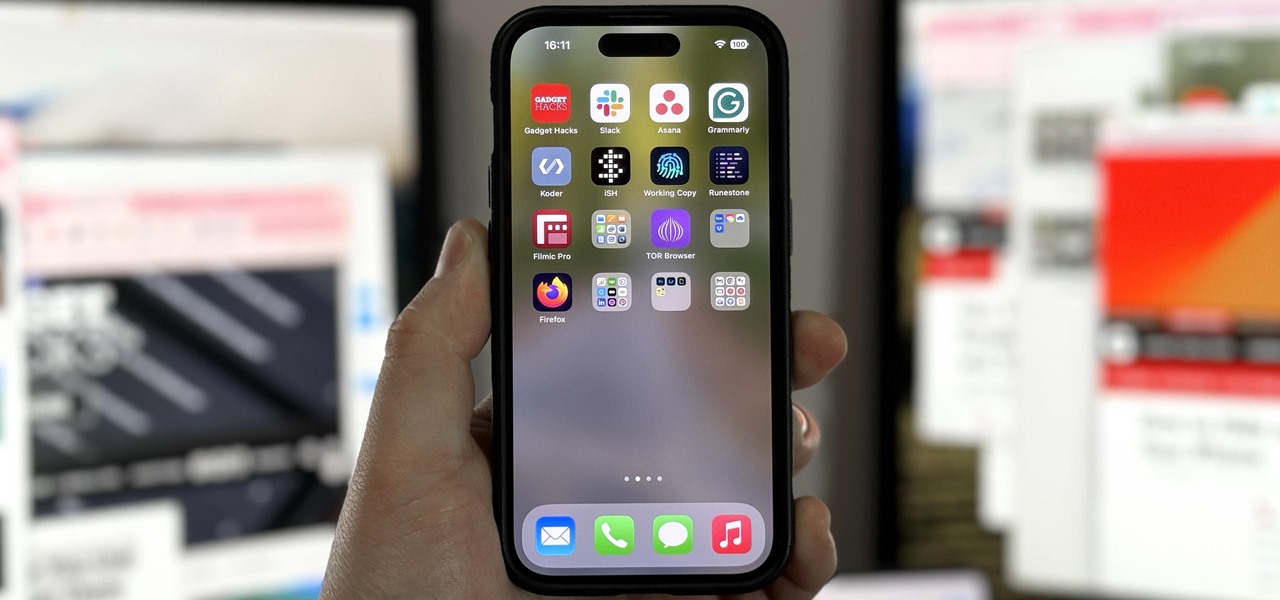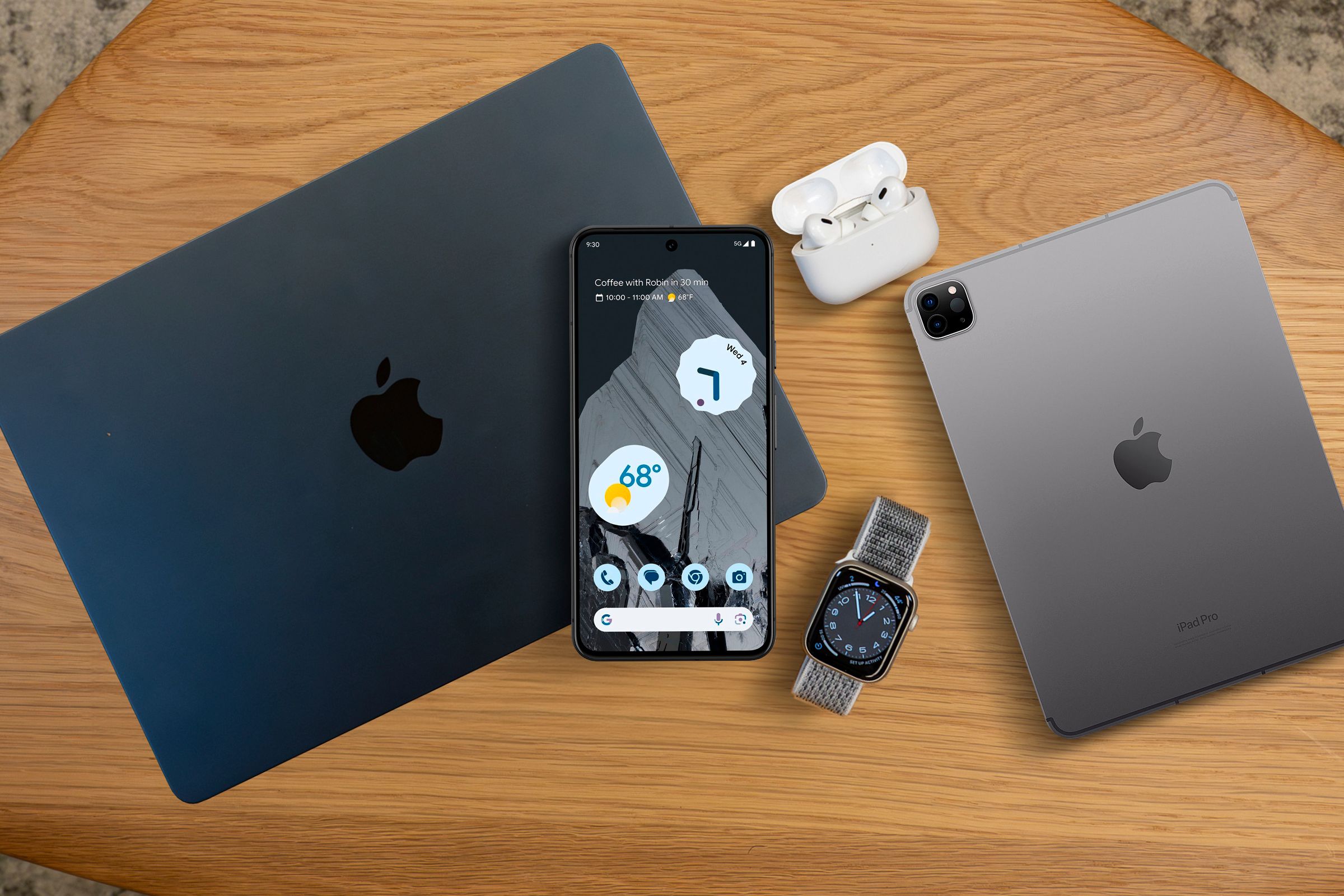After learning that you’ll need to spend at least $74 on a special charger and a USB Type-C Lightning cable to enable fast charging on the new iPhone X and iPhone 8 models, you may be wondering why you can’t just use the standard Lightning cable. While we can’t answer why Apple didn’t include the USB-C cable in the box with their new phones, we can explain why you need USB-C to enable fast charging.
Really, it all comes down to the fact that Apple’s Lightning protocol doesn’t support the wattage, voltage, and amperage needed to enable true fast charging when it’s connected to a standard USB Type-A port on the other end of the cable. But to help you understand why, we’ll give you a brief history on the evolution of USB charging standards, then explain how it impacts the new iPhone models.
Background on USB Charging
When USB was first introduced, it was designed as a way to transfer data, not to power devices. However, with the advent of smartphones and other smaller devices, manufacturers wanted a way to minimize the number of ports needed on these devices. Having two separate plugs for power and data simply wasn’t going to cut it.
The most obvious way of solving this issue was to use USB as both a data port and a power port. At the time, if USB was used to charge a device, the source (i.e., your phone) had to be on the entire time due to limitations in the USB standard. This led to the development of a dedicated battery charging protocol called USB Battery Charging 1.1 (which was later followed by 1.2), which itself created three different types of USB ports.
The Standard Downstream Port was used for data transfer with a maximum wattage of 2.5 W (5 V at 500 mA) when using High-Speed data transfer modes. The Dedicated Charging Port, which was incapable of data transfer, could provide 7.5 W (5 V at 1.5 A). And the Charging Downstream Port, which allowed for 480 Mbit/s data transfer (USB 2.0 max speed) and the ability to charge devices at 7.5 W, combined the features of the two other ports.

The USB Power Delivery (USB-PD) Standard
With its high-current charging, USB Battery Charging effectively met the needs of smartphones and other small devices. However, with the introduction of tablets, manufacturers wanted to extend this minimal port’s design to accommodate devices with higher power needs. Therefore, USB Power Delivery (USB-PD) was created, and this is how the new iPhone models get their ability to fast charge.
USB Power Delivery was introduced in 2012 as a way to meet the power demands of large devices using USB ports. With this new protocol, USB ports that met the USB-PD specification would be able to deliver a maximum power output of 100 W (20 V at 5 A), a significant jump from the USB Battery Charging protocol’s 7.5 W (5 V at 1.5 A) output.
USB-PD 1.0 achieved this increased power rating using USB Type-A and Type-B connectors and Power Profiles. When USB-PD 1.0-compliant cables are connected to a proper port, charging started at a default rate of 10 W (5 V at 2 A). Then, depending on power source, the new setup would increase power to its maximum output. The output increments were 10 W, 18 W, 36 W, 60 W, and 100 W (60 W was achievable either by 12 V at 5 A or 20 V at 3 A). With these limited power output options, many companies ignored the new standard. Therefore, USB-PD 2.0 with Power Rules was introduced.

With USB-PD 2.0, instead of power supplies being required to use fixed profiles, they could support any power output from .5 W to 100 W. Manufacturers now had set voltage choices, which were comprised of 5, 9, 15, and 20 V.
The range of voltages required to be supported by an item was dependent on the power source’s maximum output. If the power source put out more than 15 W, it required support for 5 V and 9 V. If the output exceeded 27 W, it had to support 5, 9, and 15 V. And if it exceeded 45 W, it supported all voltages.
However, what varied was the current, which enabled a broad range of power output. For example, if you only need to supply 14 W, you used 5 V and 2.8 A. Power output using custom mixes of voltage and amperage wasn’t possible with PD 1.0, so with this improved design, smarter equipment was needed to facilitate this communication.

Enter USB Type-C
USB Type-C introduced a reversible design, similar to Apple’s Lightning port. One of the ways this reversibility was achieved was through the introduction of the channel configuration (CC) pins. These two pins (CC1 and CC2) detect the cable’s orientation, but they’re also vital to USB-PD 2.0 because they manage the communication between the cable and the port.
This communication is between the Downstream Facing Port (DFP) and the Upstream Facing Port (UFP). The DFP sends data and supplies power, while the UFP receives data and consumes power. This is because many devices, such as smartphones, require both data and power, sometimes simultaneously. Also, the new USB Type-C standard allows devices to change roles from power recipient to power provider, so communication between the DFP and the UFP was essential.
With USB-PD 2.0, devices will agree upon a lower initial power output, then increase the power based on communication between the CCs. They will also lower power consumption as devices reach closer to full charge (typically around 80%), to reduce the wear on lithium-ion batteries, as these types of power cells decrease in capacity with each complete charging cycle (from 0% to 100%).


What All of This Means for the New iPhones
Because the Lightning cables that Apple includes in the box with every iPhone have a USB Type-A connector on the end that plugs into the charger, they don’t possess the pins needed to facilitate USB Power Delivery. Namely, the two channel configuration pins, CC1 and CC2. This is why the new iPhone models need a special cable — one that uses USB Type-C on the charger side — to take advantage of USB-PD 2.0 and enable fast charging.
After connecting the USB-C Lightning cable to your iPhone X and the appropriate power adapter, the CCs will facilitate communication, which will increase the power received from the iPhone to the maximum power output possible for the iPhone X and iPhone 8 (currently Apple hasn’t specified that number). Depending on the number, the iPhone X and iPhone 8 models might require the 87 W power adapter to achieve the advertised charging speed of 50% in 30 minutes.

Now you know why you will need the special power adapter and the USB-C Lightning cable. The power adapter and the USB-C cable use the USB Power Delivery protocol, and the power adapter provides the additional wattage necessary for fast charging (the basic power adapter included with the new phones is only 5 W). Now that you understand USB-PD, how do you feel about needing additional equipment to get fast charging? Let us know in the comment section below.
Just updated your iPhone? You’ll find new features for Podcasts, News, Books, and TV, as well as important security improvements and fresh wallpapers. Find out what’s new and changed on your iPhone with the iOS 17.5 update.
“Hey there, just a heads-up: We’re part of the Amazon affiliate program, so when you buy through links on our site, we may earn a small commission. But don’t worry, it doesn’t cost you anything extra and helps us keep the lights on. Thanks for your support!”











